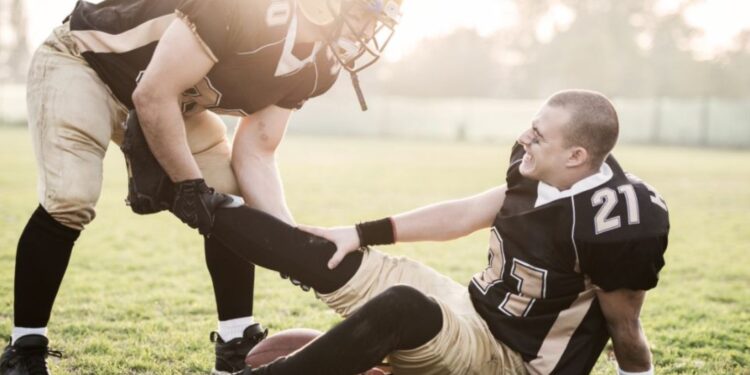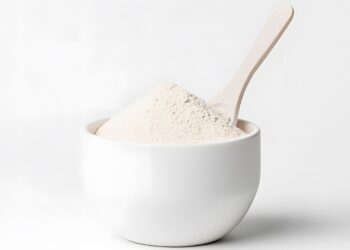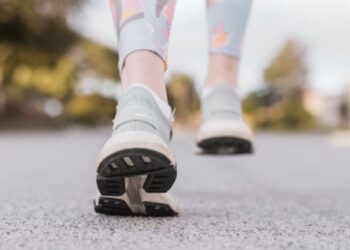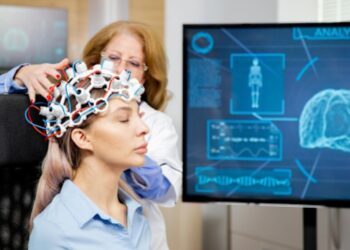Hey, sports enthusiasts! We all know that the thrill of the game is what makes sports so exhilarating. But amidst the adrenaline rushes and heart-pounding moments, there’s a crucial aspect that often takes a backseat: the need for quick response first aid and CPR.
In this high-octane world, injuries like concussions, fractures, and cardiac events are ever lurking, and knowing how to respond swiftly can mean the difference between life and death. Let’s dive into the essential skills and knowledge that every sports lover should have in their playbook.
The Need for Quick Response
Picture this: the game is at its peak, the crowd is roaring, and suddenly, an athlete takes a nasty fall. It’s in these moments that every second counts. Concussions, fractures, and cardiac events are not uncommon in sports, and immediate action can be a game-changer. Swift intervention can prevent injuries from worsening, ultimately saving lives. It’s a responsibility we all share as members of the sports community.
Basic First Aid Training
Knowing how to assess and address common sports-related injuries like sprains, strains, and cuts is like having a superpower in your arsenal. It’s about being the calm in the storm, knowing exactly what to do when it matters most.
Therefore, it is advisable to have someone in the community or team with a CPR certificate to address the emergency promptly while EMRs arrive on the scene.
RICER First Aid
RICER is a first aid acronym which stands for:
Rest and Comfort – Advise the casualty to cease activity and find a comfortable position, minimizing movement to prevent further damage.
Ice Pack – Apply a cloth-wrapped ice pack to the injured area. This reduces pain, inflammation, and swelling by constricting blood vessels and numbing the area. Ensure the ice pack is wrapped to prevent frostbite.
Compression Bandage – If available, use an elastic compression bandage over the injured area for support and to limit swelling. Apply it snugly but not so tight that it restricts blood flow. Ensure the skin is clean and dry.
Elevation – Keep the injured area elevated, ideally above heart level. This aids in reducing blood flow and swelling.
Refer – Refer the injured person to a medical professional, especially for severe, persistent injuries or if accompanied by unusual symptoms like numbness, tingling, or loss of movement.
Basic Emergency First Aid
Now, let’s break it down to the fundamentals: Use the DRSABCD Action Plan.

And then there’s CPR, the ultimate life-saver. This skill alone can make the difference between a close call and a tragic loss. Chest compressions and rescue breaths are the heroes here, re-establishing circulation and giving a fighting chance to someone in sudden cardiac arrest.
Recognizing Cardiac Arrest
Recognizing the signs of cardiac arrest in athletes is pivotal. It’s not just about watching the game; it’s about watching out for each other. Educating ourselves about the symptoms – sudden loss of responsiveness, abnormal breathing, and no pulse – empowers us to act decisively. Did you know that athletes who receive prompt CPR have significantly higher survival rates? That’s the power of quick response in action.
Chest compressions and rescue breaths are the heroes here, re-establishing circulation and giving a fighting chance to someone in sudden cardiac arrest.

In the Australian setting, the rate of compressions during cardiopulmonary resuscitation (CPR) is consistent with international guidelines.
The recommended compression rate in Australia, as in many other countries, is approximately 100 to 120 compressions per minute. This translates to performing chest compressions at a pace of roughly 2 compressions per second.
It’s important to note that guidelines may be subject to updates and revisions over time. To ensure you have the most current and accurate information, it is recommended you refer to the official guidelines provided by your local medical association’s governing body.
AEDs (Automated External Defibrillators) in Sports
Now, let’s talk about AEDs, the unsung heroes of sports facilities. These devices are the difference-makers in cases of sudden cardiac arrest. Knowing how to use an AED is like having a guardian angel on standby. Early defibrillation can be the key to a second chance at life, and it’s an opportunity no one can afford to miss.
Hands-On Training
So, how can you equip yourself with these life-saving skills? Local CPR and first aid training courses are the go-to. Getting certified in CPR and first aid is a game-changer. And the best part? It’s accessible to everyone. Whether you prefer in-person classes or the convenience of online courses, the options are out there. It’s not just a certification; it’s a badge of honor, signifying your commitment to a safer sports community.
The Role of Coaches and Officials
Coaches and officials are the backbone of any sports event. They shape the game, mentor the athletes, and, crucially, ensure safety on the field. It’s not just a responsibility; it’s a duty. Training coaching staff in first aid and CPR is non-negotiable. When emergencies strike, they need to know what to do amidst the chaos and understand exactly how to respond.
Real-Life Success Stories
Let’s draw inspiration from real-life heroes. Athletes whose lives were saved thanks to quick first aid and CPR responses.

Headline: “17-year-old Athlete Saved with CPR and AED”
Story: “It seemed as though nothing could stop Derrick, a strong and healthy 17-year-old athlete, from running up and down the court, sinking 3-pointers and making lay-ups, until he sat down on the bench during an Oct. 24 preseason game.”
Midway through the first quarter, after a solid play, he took a brief break. Suddenly, he struggled to maintain an upright position, leaning on teammates, signaling an urgent need for medical attention.
Initially attributing it to a severe migraine, Derrick’s mother, Kim, rushed to his side. However, it soon became apparent that something more critical was unfolding as he leaned onto her and experienced a seizure.
When Derrick ceased breathing, Kim initiated CPR. Quick-thinking parents sprang into action, locating an automated external defibrillator (AED). The chilling confirmation from the AED echoed every mother’s worst nightmare — Derrick had no pulse.
Kim’s assessment of the event: “My child’s heart stopped that day on the court — he could have died in my arms,”… “Derrick is alive thanks to heroes trained in CPR and the use of an AED.”
These aren’t just stories; they’re testaments to the power of preparedness. They show us that training can turn ordinary individuals into extraordinary heroes on the field. It’s not about being a professional first aider; it’s about being prepared.
Preventing Injuries in Sports
Of course, prevention is the best form of defense. Incorporating warm-ups, wearing protective gear, and mastering proper techniques are all crucial in reducing the likelihood of accidents and emergencies. It’s about setting a foundation for safe, enjoyable, and exhilarating sports experiences.
It’s Time for a Safer Sports Community
So, there you have it, sports fans. We’re all part of a dynamic community bound by our love for the game. And with great power comes great responsibility. Let’s equip ourselves with first aid and CPR skills. Let’s all get training from accredited first aid experts. It’s not just an option; it’s a duty we owe to our fellow athletes, coaches, and officials.
Together, we can empower the sports community and ensure that the game we love remains safe, thrilling, and life-affirming.









